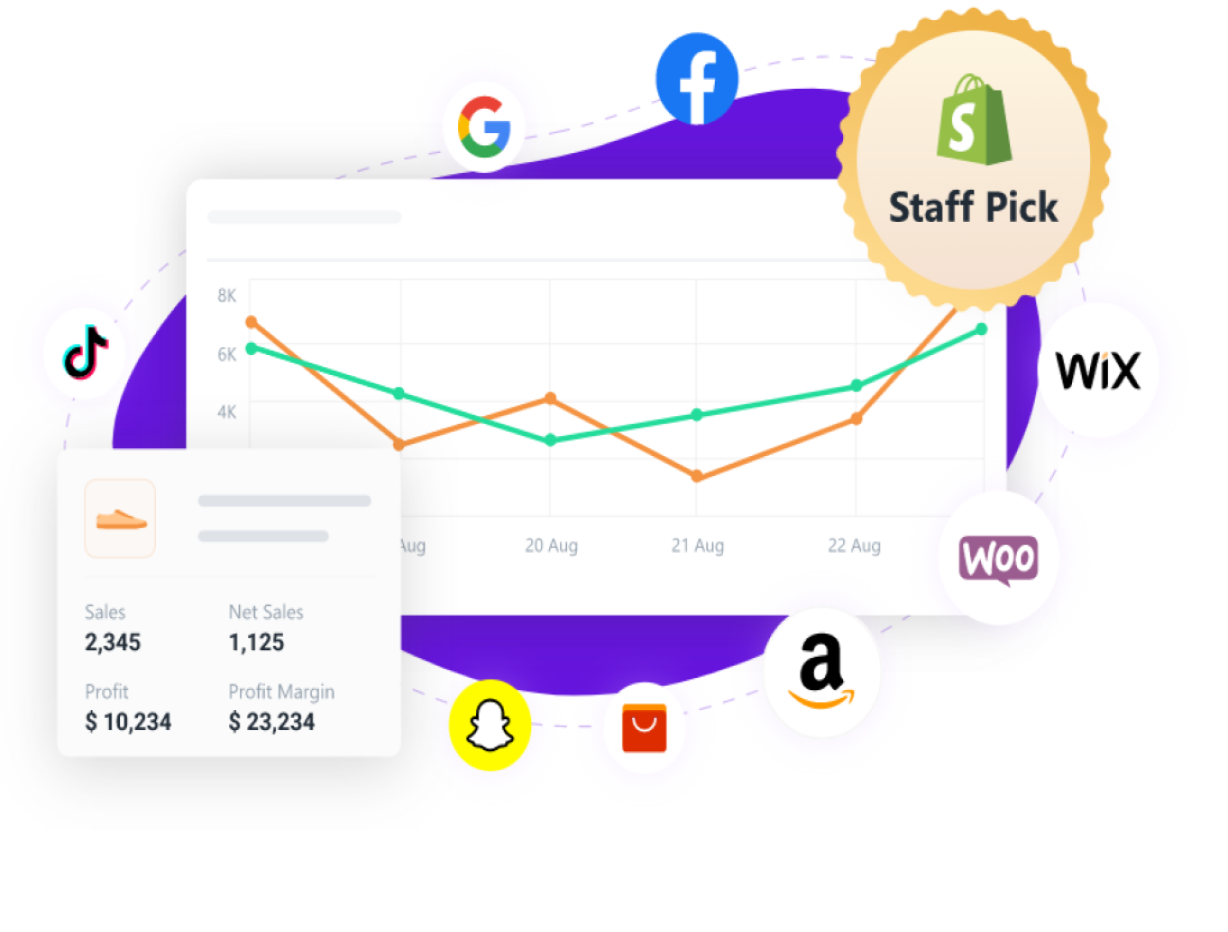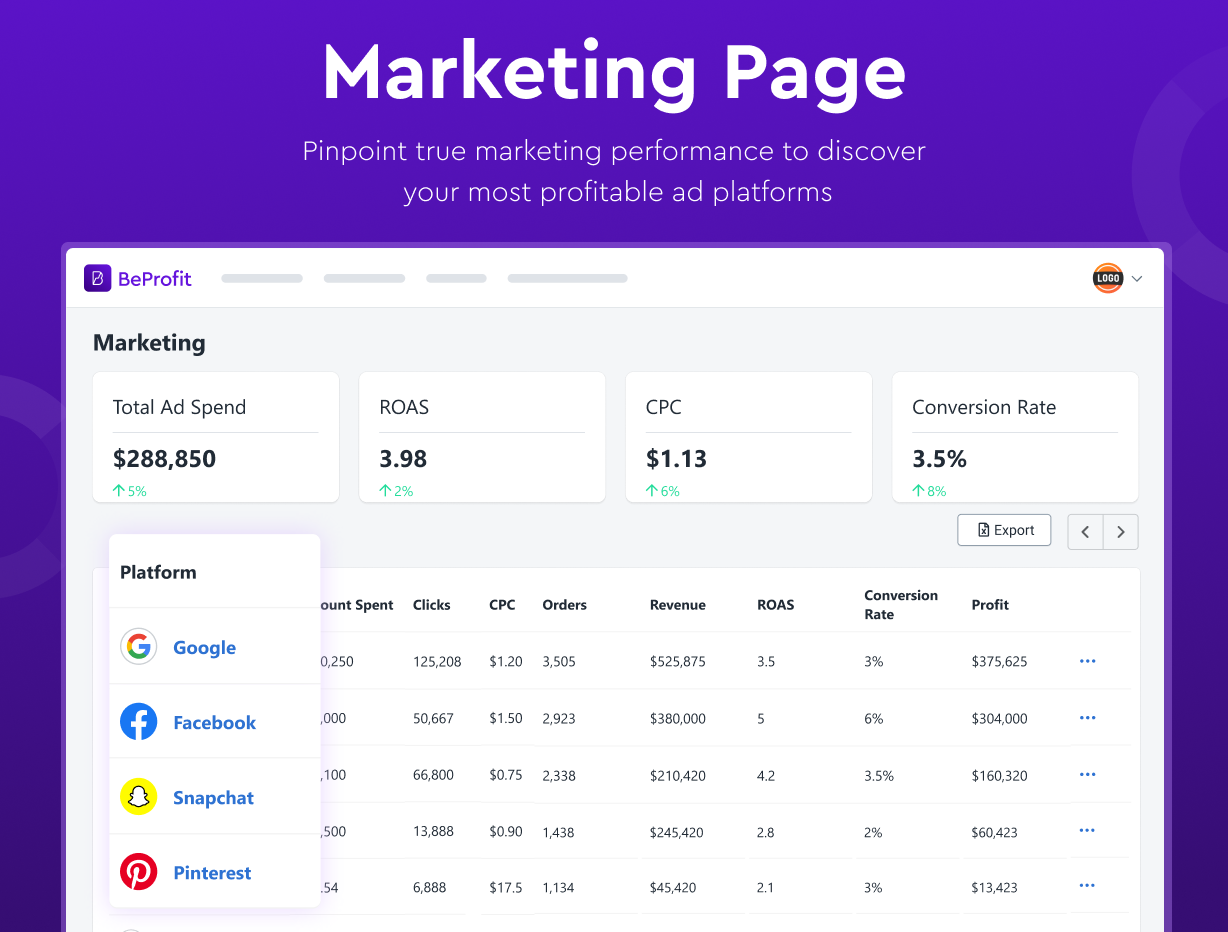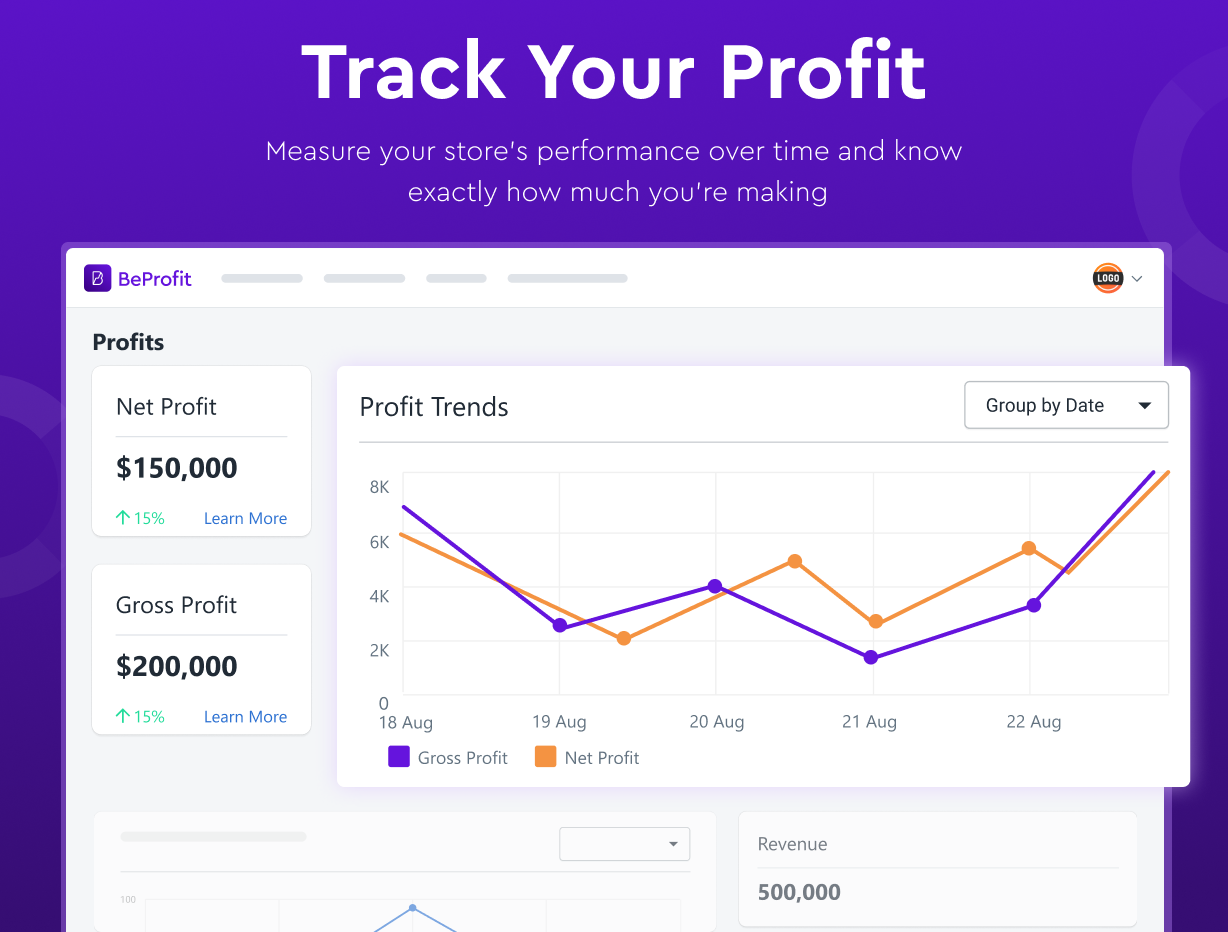Average Cost Per Order (CPO): Definition, Formula & Example
Published May 13, 2023

Online shopping is growing rapidly. In fact, Statista estimates that 20.8% of retail sales will be online in 2023 and can increase to 24% by 2026. This means that e-commerce sellers should make the most of online advertising techniques that can increase sales and profits. After all, in e-commerce, success can often be measured in orders received.
Many expenses that e-commerce sellers incur go toward encouraging customers to place an order. And that's where the cost per order (CPO) metric comes in.
What is Average Cost Per Order?
CPO refers to the total cost it takes to acquire and fulfill a single order. Costs can include marketing, manufacturing, storage, shipping, and other miscellaneous expenses, depending on the type of business.
When evaluating an online marketing campaign, you can include the CPO and other metrics like cost per impression (CPI), cost per thousand (CPM), and cost per click (CPC).
Analyzing your CPO can offer insight into areas for improvement and areas that are working. This can include:
- Where to optimize the supply chain
- If your pricing strategies need adjustments, like introducing dynamic pricing
- How effective your advertising and marketing campaigns are in attracting customers
- If your budget allocations are driving sales and profits
Evaluate Your Marketing Performance Easily
Use real-time data metrics to help identify conversion rates and product profitability.




- Create and export custom data reports
- Integrate multiple stores and advertising platforms into one dashboard
- Track your CPO and revenue-based metrics
BeProfit offers an intuitive way to keep an eye on your expenses and profits, so you can easily see the results of your marketing techniques.
What is the Formula For Average Cost Per Order?
To calculate your average CPO, use the following formula:
Average CPO ($) =
Total Advertising & Marketing Expenses / Number of Orders Received
This should be calculated at regular intervals for the most accurate baseline, like monthly, quarterly, or yearly. A low CPO indicates that the campaign is successfully generating higher sales and profits. A higher CPO can mean the campaign does not have the desired effect.
You can also adjust the formula for the following costs, depending on what you'd like to track:
- Cost of goods sold (COGS): This includes material and labor costs, and other expenses associated with producing goods. Some products may have higher manufacturing costs, which can increase your CPO if included in the calculation.
- Packaging: This should secure the product and promote brand identity. Cost-effective packaging can help lower your CPO.
- Storage: Depending on how fast inventory ships, you may need various storage sizes. So, storage and warehousing costs can fluctuate your CPO.
- Shipping: If you factor in location, carrier, and turnaround times, your shipping costs can vary greatly. This can, in turn, significantly increase or decrease your CPO depending on the shipping methods you choose.
So, if you're considering all these expenses in your evaluation, the advanced CPO formula is:
Advanced Average CPO ($) =
Total Advertising & Marketing Expenses + [COGS + Packaging + Storage + Shipping] / Number of Orders Received
» Unsure about your COGS? Find out how to calculate COGS for your Shopify store
Example of Average Cost Per Order
Imagine an e-commerce retailer that sells designer shirts and launches an ad campaign to promote its new collection. It spends $200 on creating the campaign and $300 on promoting it. After a month, the retailer sold 50 shirts for $15 each.
Average CPO ($) =
Total Advertising & Marketing Expenses / Number of Orders Received
= [$200 + $300] / 50
= $500 / 50
= $10
Now, what happens when you factor in additional costs for selling the t-shirts, like $150 for COGS, $30 for packaging, and $90 for shipping?
Advanced Average CPO ($) =
Total Advertising & Marketing Expenses + [COGS + Packaging + Storage + Shipping] / Number of Orders Received
= $500 + [$150 + $30 + $90] / 50
= $500 + $270 / 50
= $770 / 50
= $15.40
Naturally, when factoring in other costs, the CPO is higher. So, if you take into account the $15 of revenue per order, you can see that the basic formula shows a $5 profit, and the advanced formula shows a $5.40 loss.
This can indicate that marketing efforts are effective, but that the fulfillment process is not cost-effective enough.
Tips to Manage Average Cost Per Order
If you're struggling to reduce your CPO, tracking your e-commerce expenses and your sales performance can provide the insight you need to make result-driving changes to your budget.
Here are a few steps you can take:
- Track your expenses accurately: Make sure you're looking at the complete picture when it comes to costs. You should try to keep supply chain expenses low, automate tasks to lower labor costs, and optimize your ad spending.
- Analyze relevant data regularly: Staying on top of industry trends and comparing your metrics can help you keep your CPO optimal and make production adjustments according to demand. You can use tools like Google Ads to track conversions.
- Set realistic benchmarks: Use industry-wide benchmarks as a guideline to identify problem areas. This can help you plan your sales strategies to reach future targets. But remember that your goals should be relative to your business size, product offerings, and means.
- Use an e-commerce analytics solution: You can streamline your data for real-time monitoring through tools like BeProfit. This can help you keep up with your business's performance.
» Discover what ad trackers are and how you can use them in e-commerce
Waste No Expense—Improve Your Average CPO
Your average CPO can reveal valuable information, from your marketing efficacy to your shipping efficiency. And knowing your CPO can help you optimize and strategically use your budget while reducing profit losses. Plus, it can be hassle-free.
Using data analytics dashboards like BeProfit allows you to access all your data, including CPO, in one place and carry out precise profit analyses. With a real-time view of your business's sales, marketing, and profit metrics, you can act fast and make educated decisions about your customer acquisition, product advertising, and fulfillment techniques.








